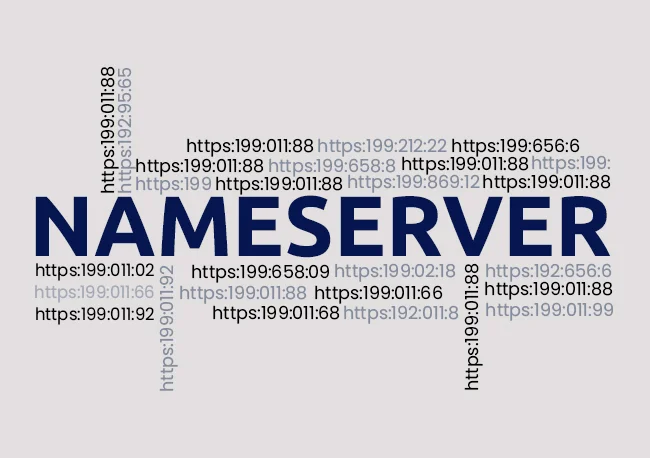Nameserver Changes Don’t Propagate

Nameserver changes are essential for directing your domain to the correct hosting server. However, if these changes don’t propagate as expected, it can disrupt your website, emails, and other services. Here’s a guide to help you resolve this issue step by step.
Table of Contents
1. Understanding DNS Propagation

What Is DNS Propagation?
DNS propagation is the process by which updates to your domain’s nameservers are distributed across DNS servers worldwide. This process typically takes up to 48 hours, but in some cases, delays or misconfigurations can cause it to fail.
Why Does DNS Propagation Take Time?
Caching by ISPs, browsers, and DNS resolvers stores outdated records until they expire, delaying the visibility of your nameserver changes.
2. Double-Check Your Nameserver Settings
Verify Changes at Your Registrar
Log in to your domain registrar’s control panel and confirm the nameservers are updated correctly. Double-check for typos or missing entries.
Save and Apply Changes
Ensure you’ve clicked “Save” or “Apply Changes.” Some registrars may also require confirmation emails to complete the update.
3. Test for DNS Propagation Status
Use WHOIS and DNS Lookup Tools
Use tools like WHOIS Lookup or DNS Checker to see if the new nameservers are propagating globally.
Check for Partial Propagation
If the change is visible in some regions but not others, the delay is likely due to ISP caching.
4. Flush DNS Cache
Clear Local DNS Cache
Your local computer or device may still be using cached DNS records. Clear it using:
- Windows:
ipconfig /flushdns - macOS:
sudo dscacheutil -flushcache
Clear Browser Cache
Clear your browser cache or use incognito mode to avoid viewing cached data.
5. Verify DNS Records on Hosting Server
Are Zone Files Correct?
Log in to your hosting account and ensure DNS records (A, CNAME, MX, etc.) are set correctly for your domain. Missing or incorrect entries can cause resolution issues.
Check for Conflicting Settings
Ensure the domain isn’t using DNS settings from multiple sources (e.g., registrar and hosting provider), which can create conflicts.
6. Understand TTL Settings
What Is TTL?
TTL (Time-to-Live) defines how long DNS records are cached. High TTL values (e.g., 24 hours) mean cached records might take longer to update globally.
Reduce TTL Before Changing Nameservers
If possible, reduce TTL to a lower value (e.g., 300 seconds) before making changes, so updates propagate faster.
7. Investigate Registrar-Specific Issues
Registrar Delays
Some registrars process nameserver changes slower than others. Contact their support team if changes don’t reflect after 48 hours.
Domain Lock Status
If your domain is locked, nameserver updates may fail. Unlock your domain and try again.
8. Consider DNSSEC Issues

What Is DNSSEC?
DNSSEC adds security to DNS but can cause nameserver changes to fail if not configured properly. Disable DNSSEC temporarily or ensure it’s correctly set up for your new nameservers.
9. When to Contact Support
Registrar Support
If propagation doesn’t begin after 48 hours, contact your registrar to check for backend issues.
Hosting Provider Support
Ask your hosting provider to confirm if DNS records and zone files are correctly set up for your domain.
10. Use Third-Party DNS Services
Switch to Reliable DNS Providers
Consider using third-party DNS services like Cloudflare or Google Public DNS, which often have faster propagation times and better reliability.
Conclusion
Nameserver changes that don’t propagate can be frustrating, but the issue is usually due to caching, misconfigurations, or registrar delays. Follow these steps to identify and resolve the problem, and always remember to allow sufficient time for propagation. If in doubt, reach out to your registrar or hosting provider for help—they’re there to assist you!